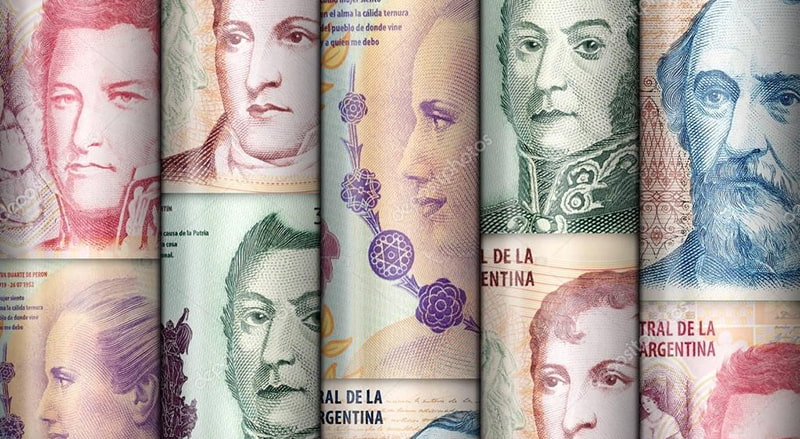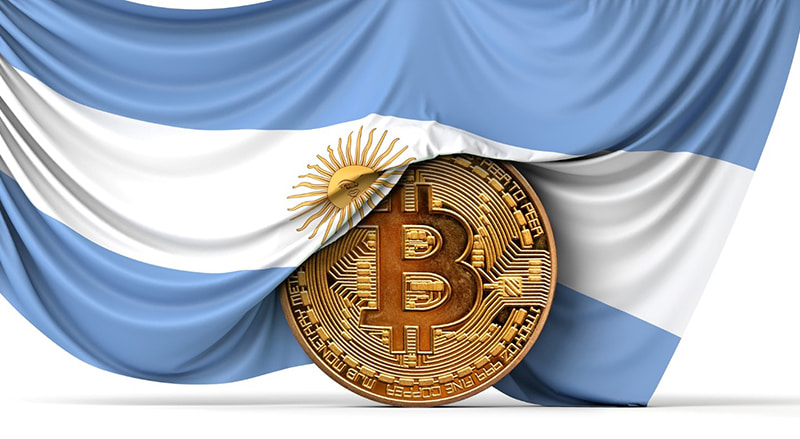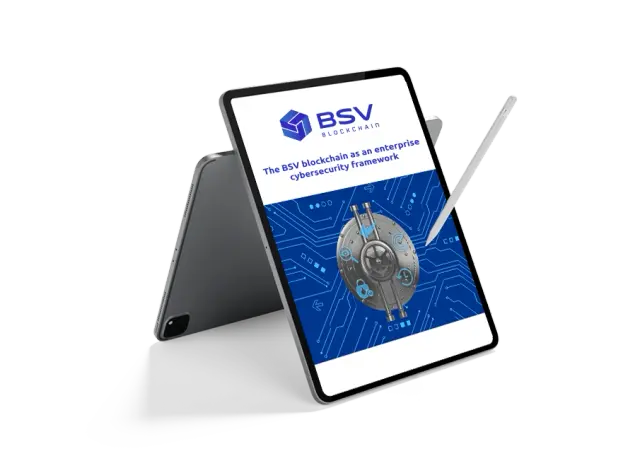Luke Rohenaz (Developer and Founder of Tonic POW) has been one of the biggest pioneers of the 1SatOrdinals protocol on the BSV blockchain. At the recent London Blockchain Conference 2024, Rohenaz explained the workings of the protocol and its potential applications.
On the BSV blockchain, an ordinal is simply a satoshi—the smallest unit of BSV—tracked as a unique entity through specific rules. This tracking mechanism allows each satoshi to be treated like a token, capable of recording significant events, such as embedding an image file, which is then stored on the blockchain.
This system means that the owner of a satoshi possesses everything associated with its history. It facilitates the creation of NFTs (non-fungible tokens) and opens the door to various innovative applications. While some functions of this technology are already in use, the potential for further development remains vast.
Unlike other protocols that require specific identifiers in transaction scripts, ordinals track the origin and movement of satoshis without labels, optimising transaction space.
Inspired by limitations on the BTC blockchain, this idea was implemented on the BSV blockchain, enabling additional functionalities like sCrypt contracts. Initially employed for NFTs and a community mint-style fungible token protocol called BSV20, it evolved into BSV21, supporting smart contracts and innovative features such as ‘lock to mint.’ An example of this is POW20, which enforces proof of work for token issuance.
‘The ordinance protocol first showed up on BTC and at the time there were several different token protocols on BSV,’ said Rohenaz. ‘The RUN token protocol was dominant and left the ecosystem which created an opportunity for 1SatOrdinals – but we didn’t appreciate (at the time) that it would become quite as popular as it has done.’
Why ordinals on the BSV blockchain are unique
Rohenaz said that Ordinals on the BSV blockchain are unique due to the unique characteristics of the blockchain itself. Most notably, it is super cheap and fast to move these around. He added that BTC has a natural cost and friction in place, which is not seen when using the BSV blockchain.
‘It’s kind of a different protocol on BSV in a sense in that one person could just sit and mint tokens if they want to. So that’s why we created some standards on top of that to make it a little more extendable and issue in different ways – which is where BSV- 21 comes from. ‘And that has been since extended by other people in the community to make all kinds of cool stuff.’
Rohenaz explained that ordinal transactions differ from other transactions in several key ways. So ordinal transactions have a bit of data in a very specific format that kind of matches the inscription format of BTC. And they also allow us to also put complex scripts in there in addition to this token as well.’
He added that most token protocols use a mechanism to sort of track the existence of that token as it moves around the network. ‘1SatOrdinals are a little different in the sense that it’s passive tracking. So what we do is we keep track of when that particular Satoshi was mined into a block. And that becomes its ordinal number, and that ordinal number is tracked.
‘We cheat a little bit and we only track back to the very origin of the inscription the first time it’s inscribed, not the first time that Satoshi existed. So we don’t have to do as much work. But what makes them different from other transactions?’
Rohenaz added that there are several key benefits to 1SatOrdinals on the BSV blockchain – chief among these is the ability to send transactions with a single Satoshi. ‘We don’t have a dust limit and even the name implies that it is tracking just a single Satoshi, which is true to the original spirit,’ he said.






